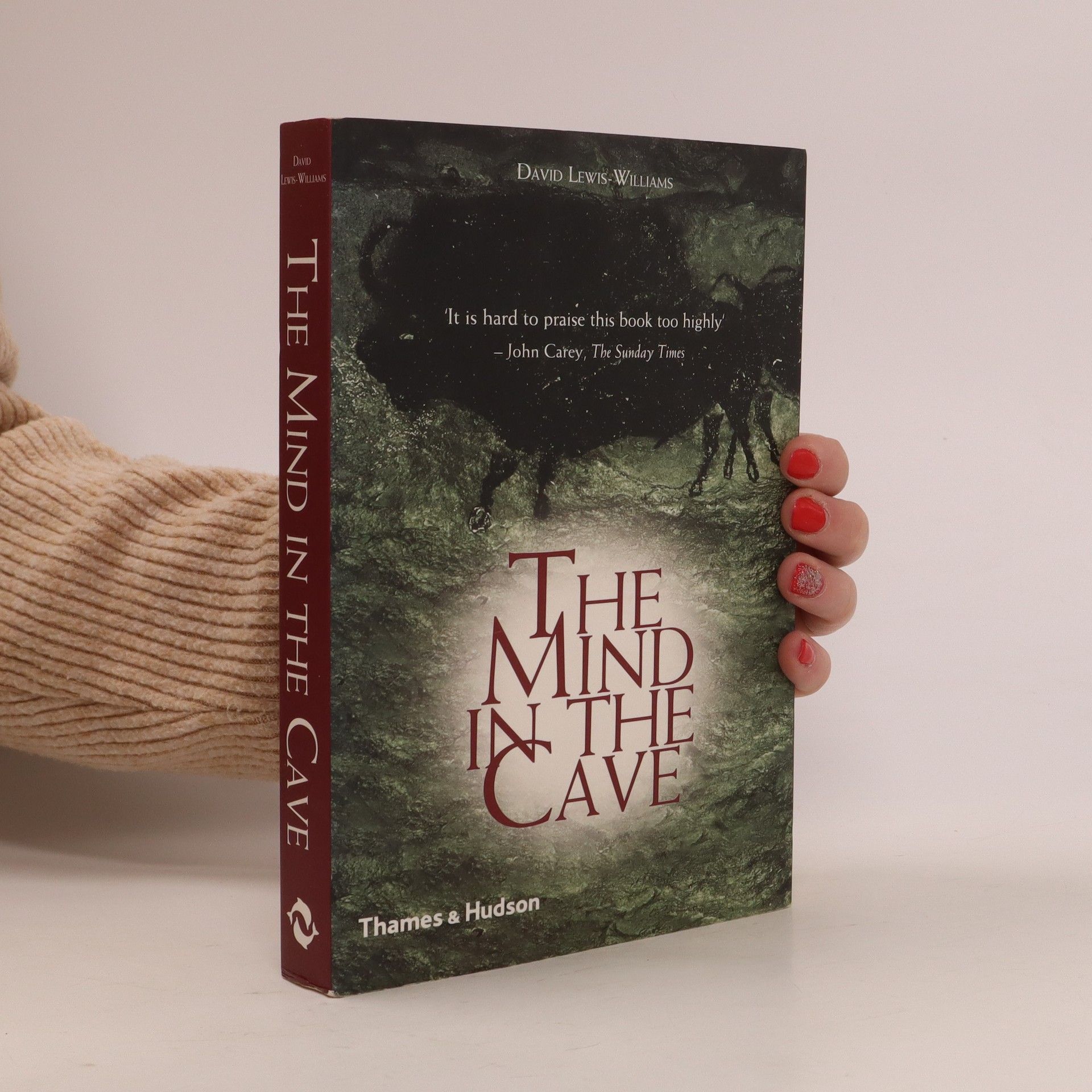Stories that Float from Afar
- 304 pages
- 11 hours of reading
In this unique and enthralling collection of folk stories that float to us from afar, the voices of long-dead ‘Bushmen’, or San people, of southern Africa speak of their poignant myths and beliefs. We hear them speak of their tormented lives as the early colonist expanded into the semi-arid interior.All these stories have lain hidden since they were first collected more than a hundred years ago by a remarkable family in Cape Town who devoted their lives to recording the life-ways of the Xam San before their disappearance. Today there is a need for us to listen to these voices from the past. They fill in one of the tragic blanks in South Africa’s history. Suddenly a people who have spoken only through other’s voices, now speak out and come alive on the pages of this book.




